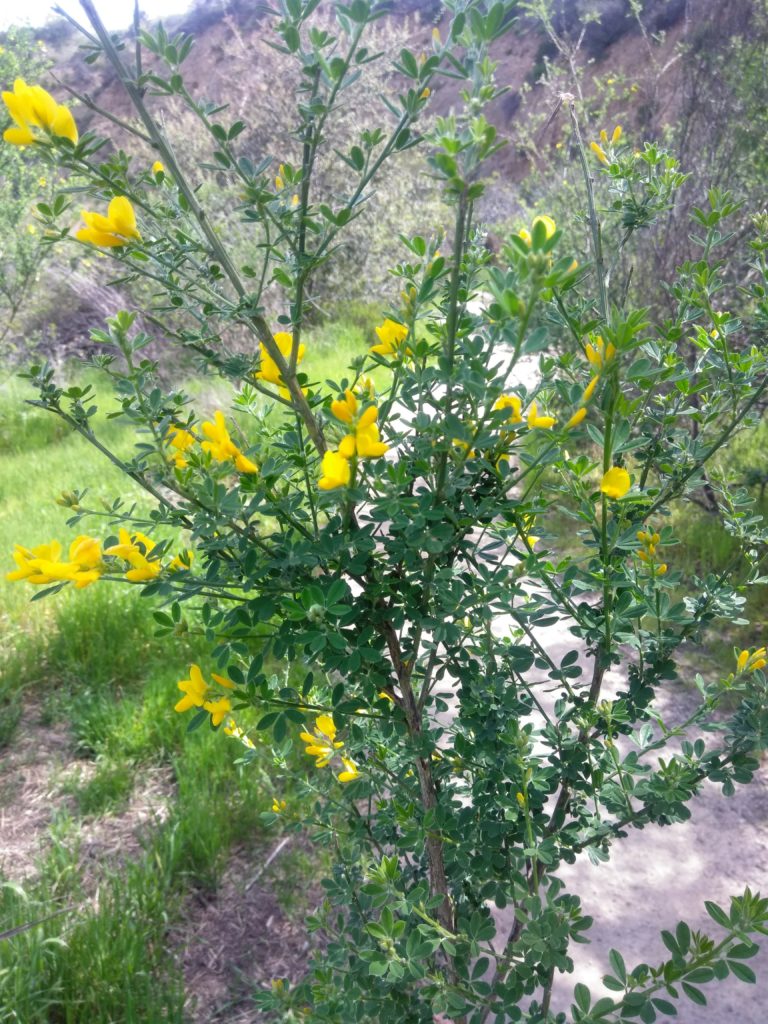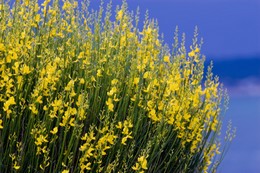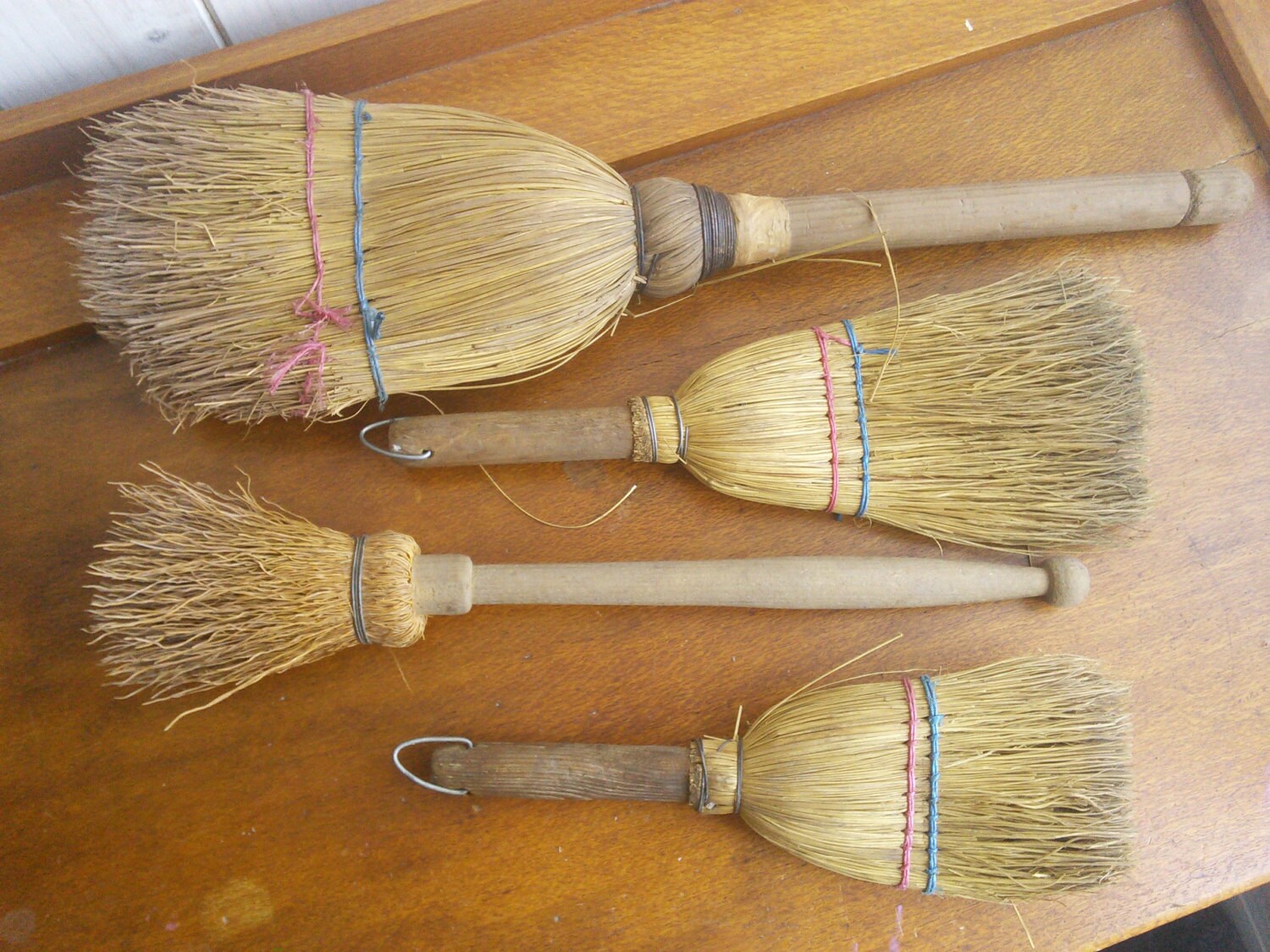

Table 1 shows identifying features of these four broom species.

Monspessulana) is an upright, evergreen shrub, commonly to ten feet tall. Oregon state university press, corvallis. Source: It has round stems that are covered with silvery, silky hair, and small leaves that are arranged in groups of three. French broom currently occupies approximately 100,000 acres in california. Source: en.įrench broom is reported as an invasive plant in the british isles and even in portugal. The 10 inch long pods are covered with hairs. Source: īroom plants, such as scotch broom (cytisus scoparius), are common sights along highways, in meadows and in disturbed areas.

#French broom manual#
A manual of the higher plants of oregon, 2nd ed. Buy cytisus ‘lena’ from thompson & morgan Source: Table 1 shows identifying features of these four broom species. | photo courtesy santa lucia conservancy. Source: Although french broom has a small root system Zone 8a Photosynthetic tissue of french broom is in leaf tissue. Genista lydia (lydian broom) grows 2 feet tall and spreads 3 feet. French Broom Identification And Control: Genista Monspessulana – King County from It was probably introduced to california in the mid 1800’s, and is now one of the most pervasive and destructive invasive plant species in many parts of the state.

When introduced to a new area french broom can become an invasive plant. She is now the sole proprietor of From the Garden, a market garden farmette.French Broom Plant. Some information from Integrated Vegetation Management Technical Bulletin, efn.orgĮllen Peffley taught horticulture at the college level for 28 years, 25 of those at Texas Tech, during which time she developed two onion varieties. To answer L.W.’s question, it is the Spanish broom that is commonly used in landscapes as a stunning specimen planting with its profuse yellow blooms. In Washington, Oregon, and California one or more of these broom species are noxious weeds as they out-compete native vegetation. Pods of each burst open when fully mature, scattering seed quite a distance, which contributes to their invasiveness. They are now considered to be invasive species and plantings of each are discouraged in parts of the U.S. French brooms are evergreen.īrooms were introduced into the United States by the USDA Soil Conservation Service for use as ornamental landscape plantings and as an erosion preventative and soil stabilizer. Scotch, Portuguese, and French brooms have trifoliate leaves, those with three leaflets, while Spanish brooms produce single, lance-shaped leaves. The leaves, stems, flower and pod characters characterize the three brooms.ĭistinguishing Spanish, Scotch, Portuguese, and French Brooms: Their short leaves are borne on woody stems with yellow flowers that mature to pea-like pods. But they are genetically separate and unique the scientific name of Spanish broom is Spartium junceum Scotch broom, Cytisus scoparius Portuguese, Cytisus striatus and French broom, Genista monspessulana.īrooms are shrubby perennials with branches that have compact, short shoots resembling whiskbrooms and are suitable for as use as brooms, hence the name. They share a European heritage, native to the British Isles and Western Europe they look similar, have similar growth habits and life cycles. Scotch broom is also known as common broom and Spanish broom as weaver’s broom. There are actually several brooms – Spanish, Scotch (or Scot), Portuguese, and French brooms, all members of the Fabaceae (formerly Leguminosae), legume or bean, family.
#French broom full#
of Lubbock asks if the floriferous, yellow flowering shrubs in full bloom for the last several weeks are Scotch or Spanish brooms.


 0 kommentar(er)
0 kommentar(er)
